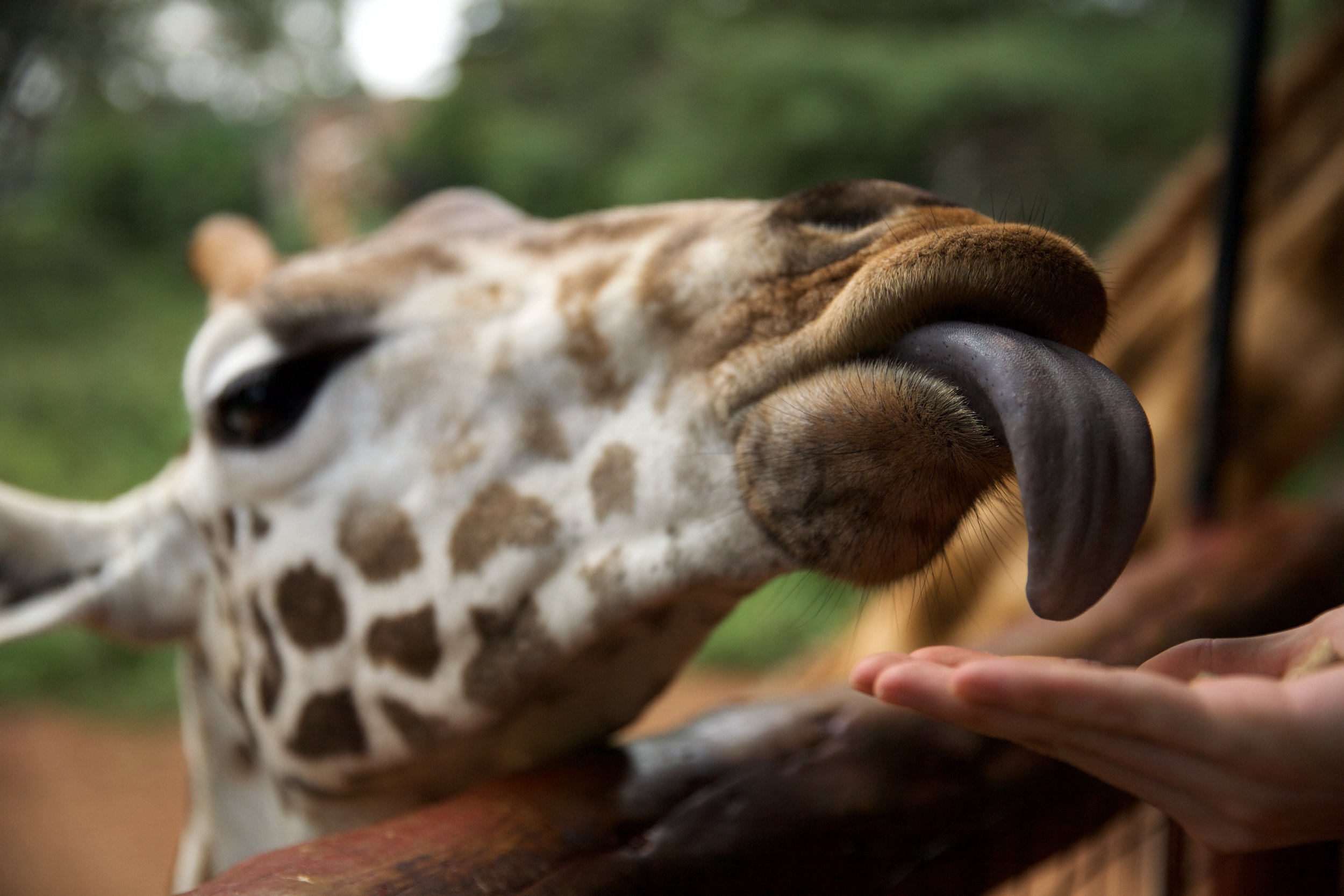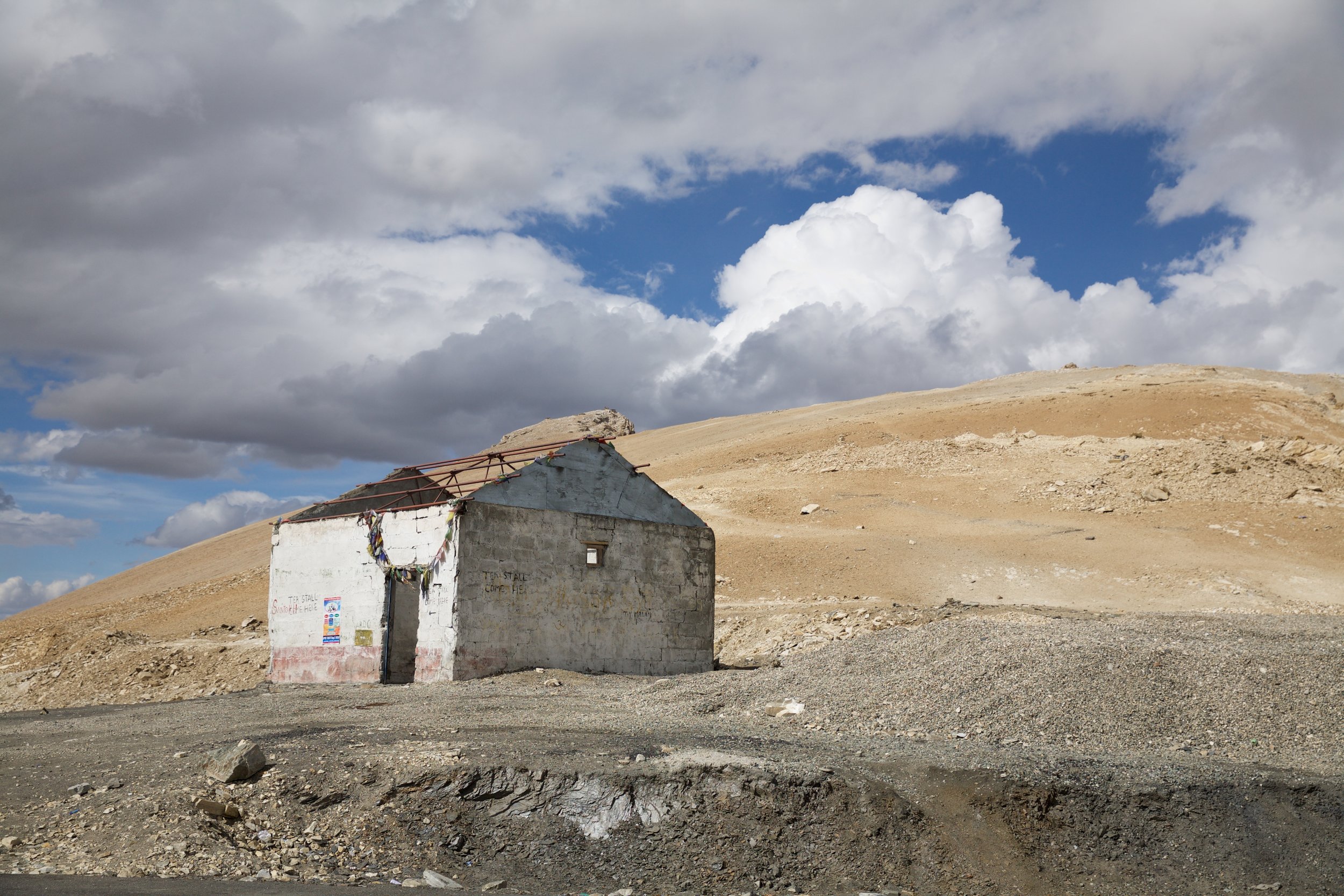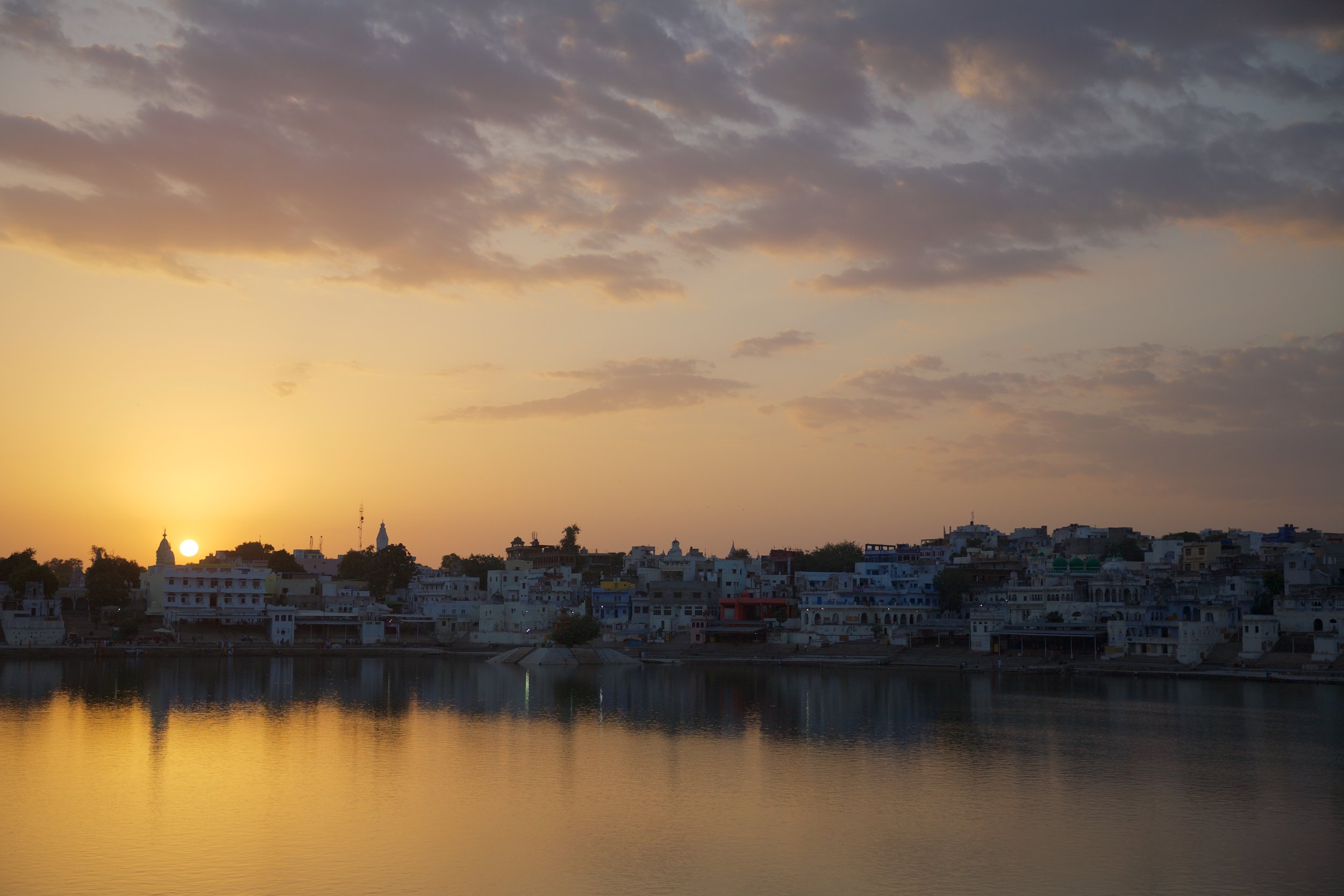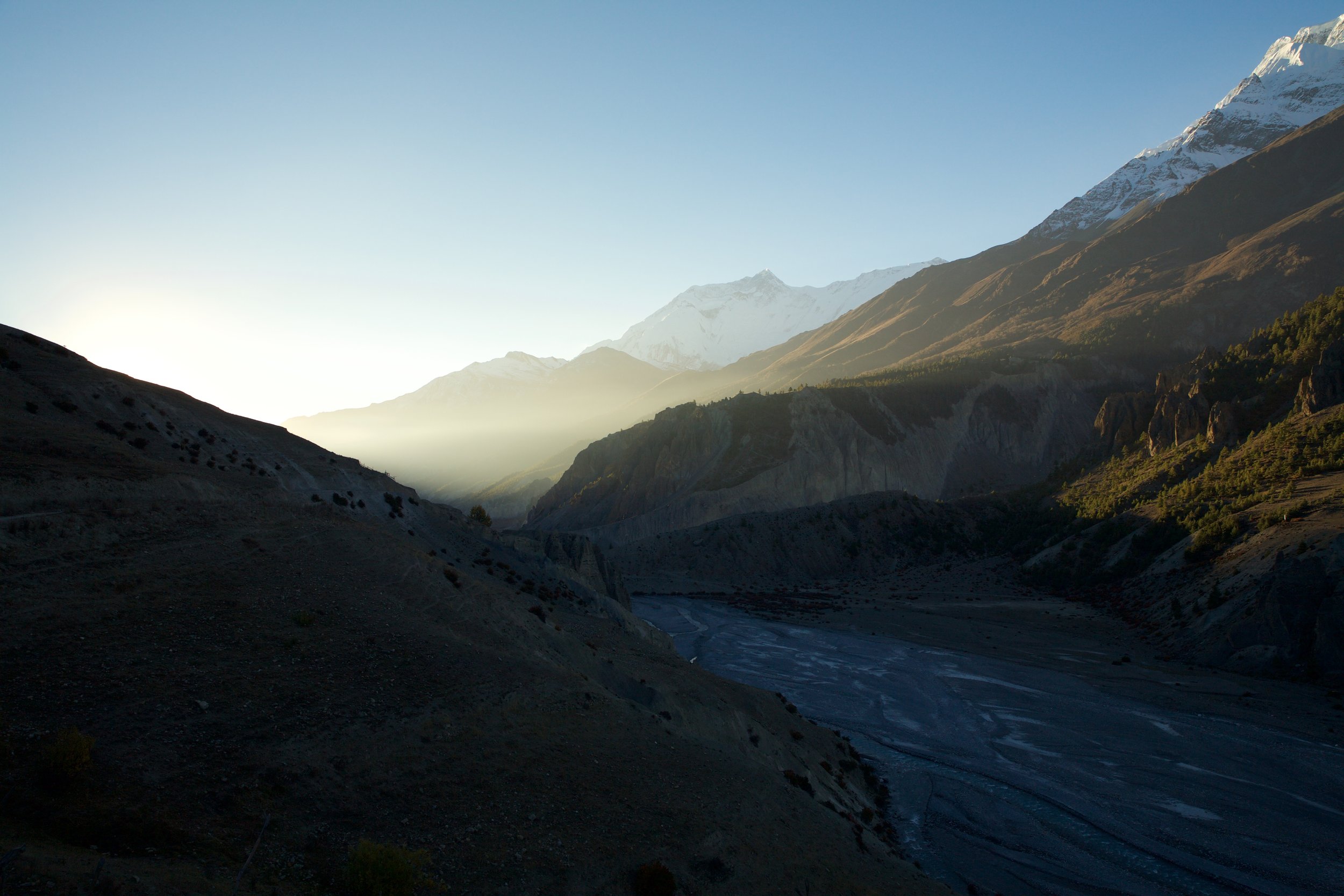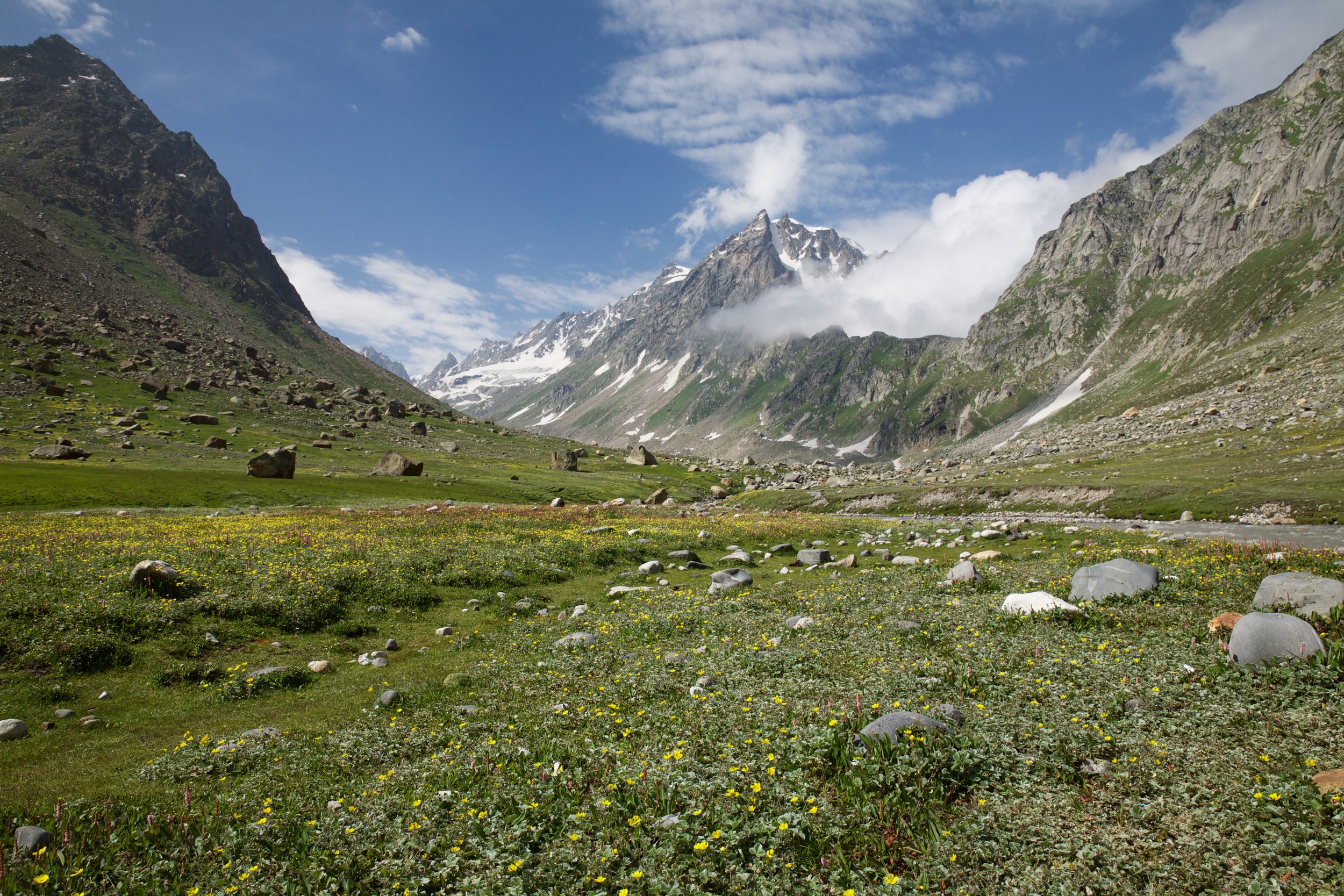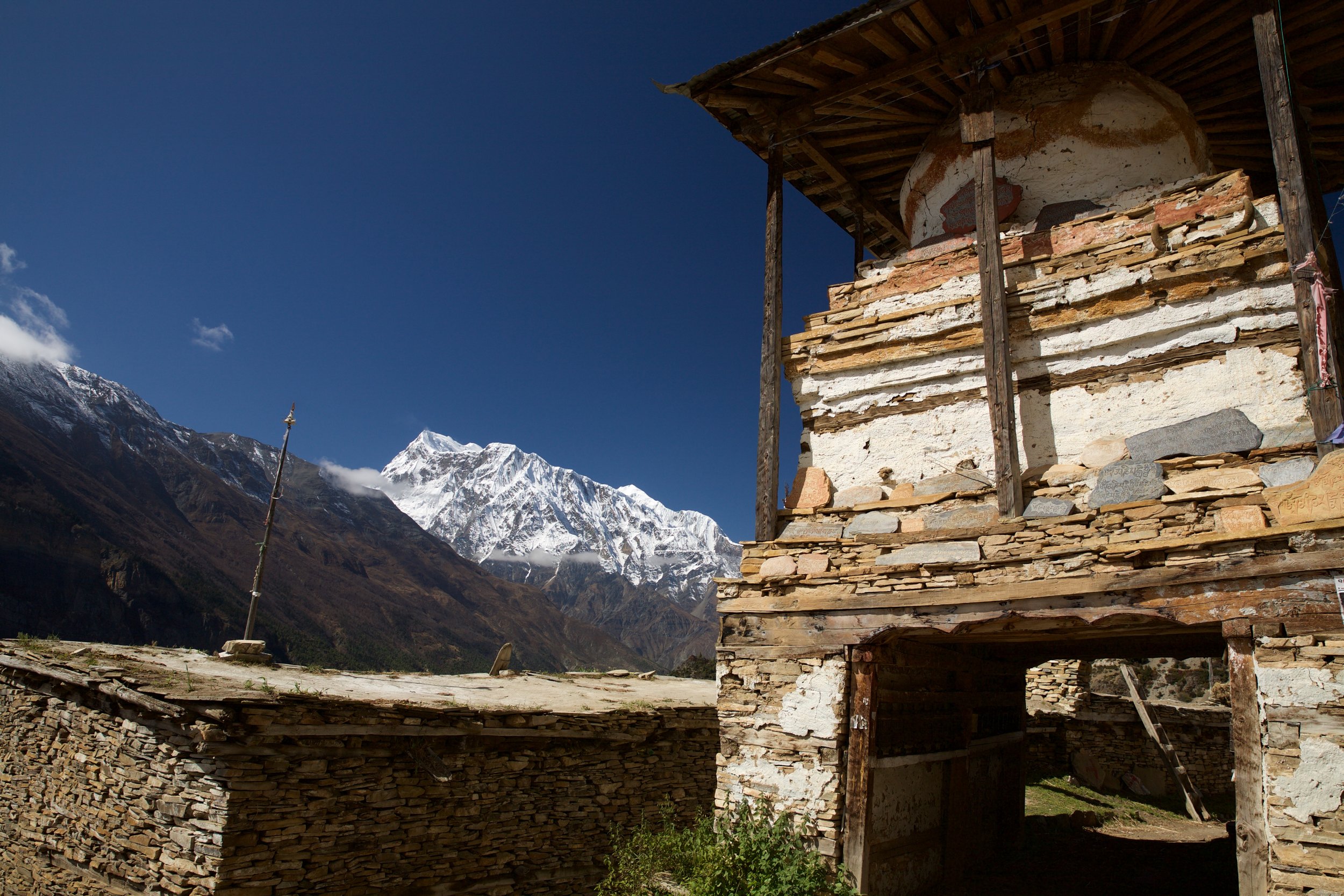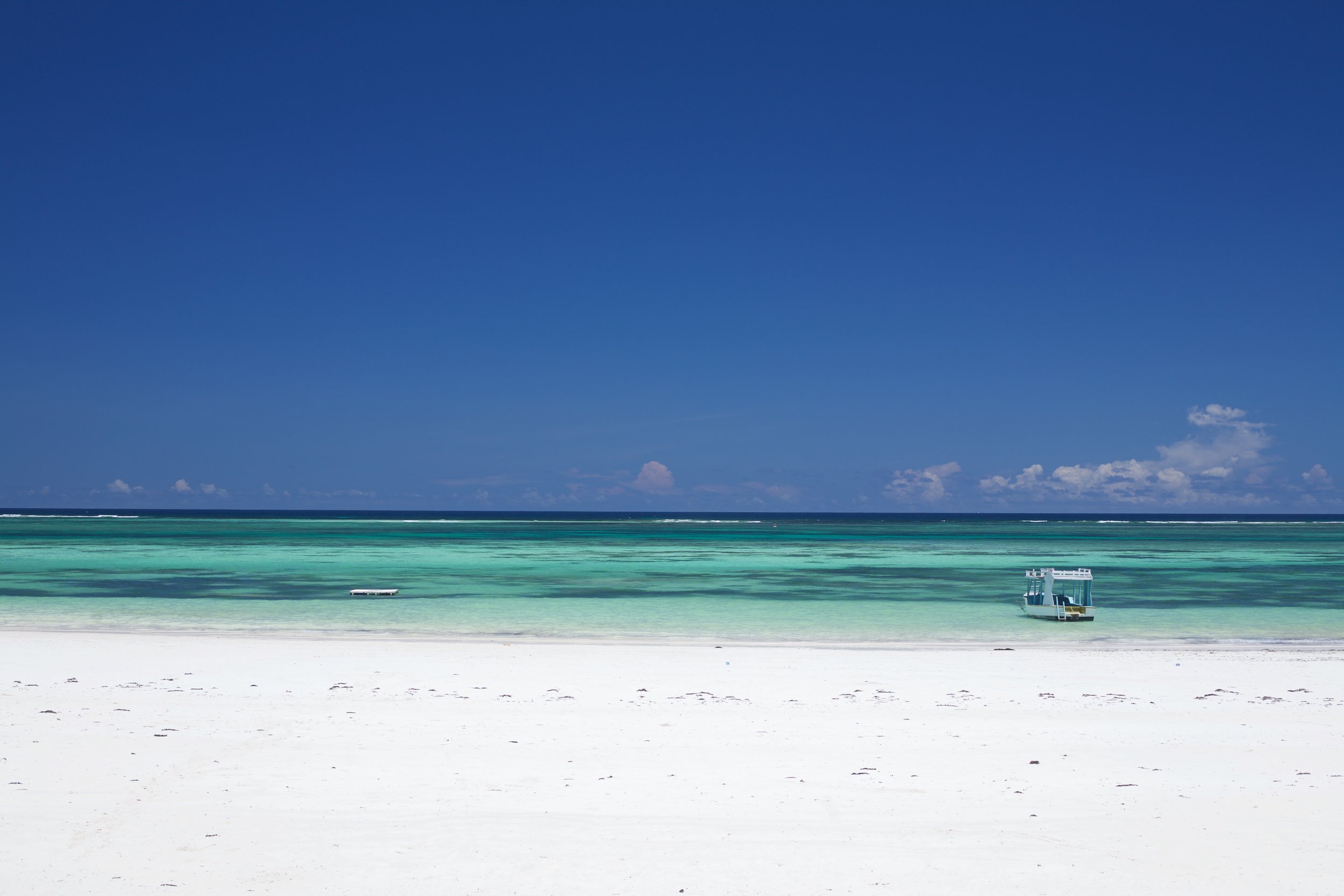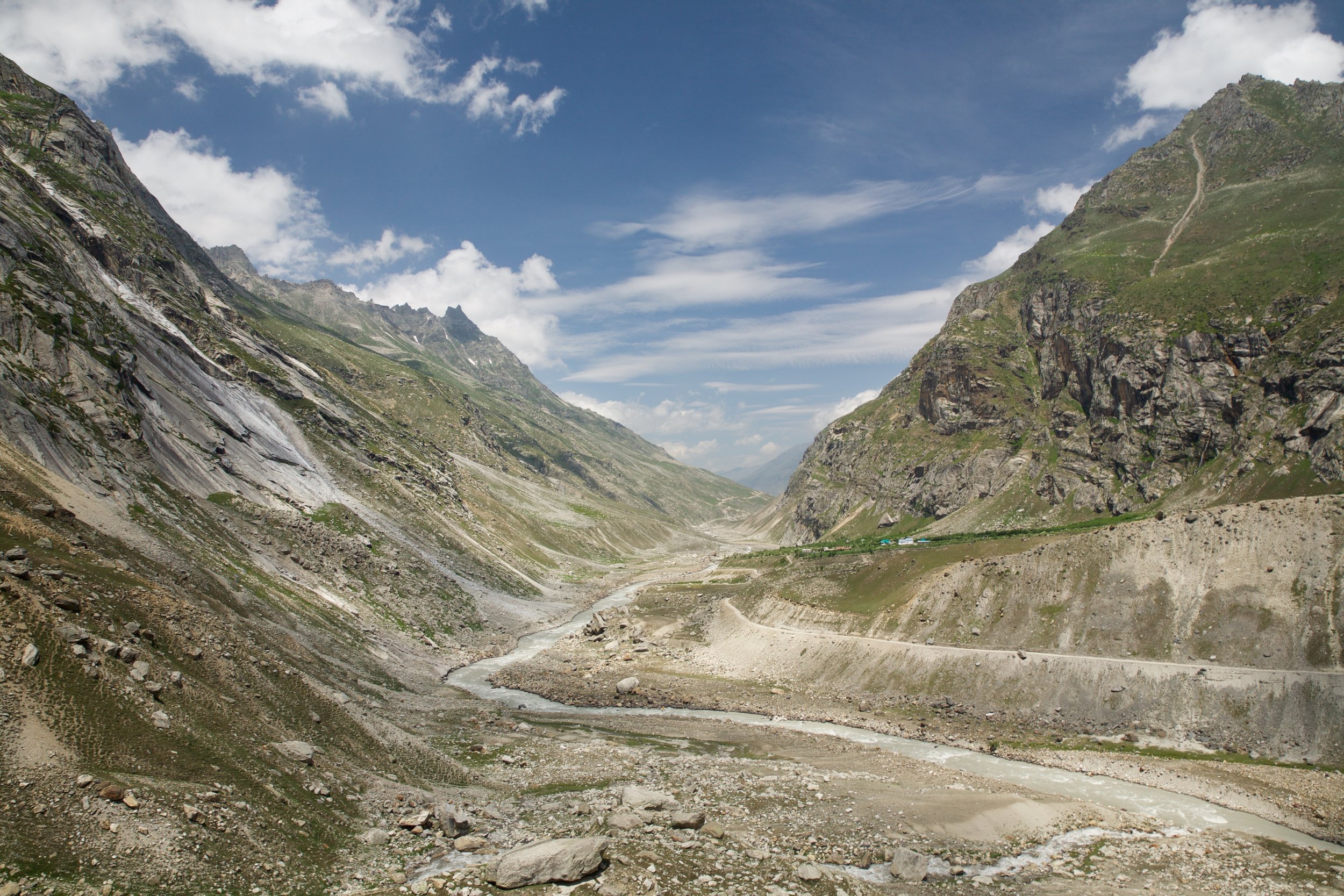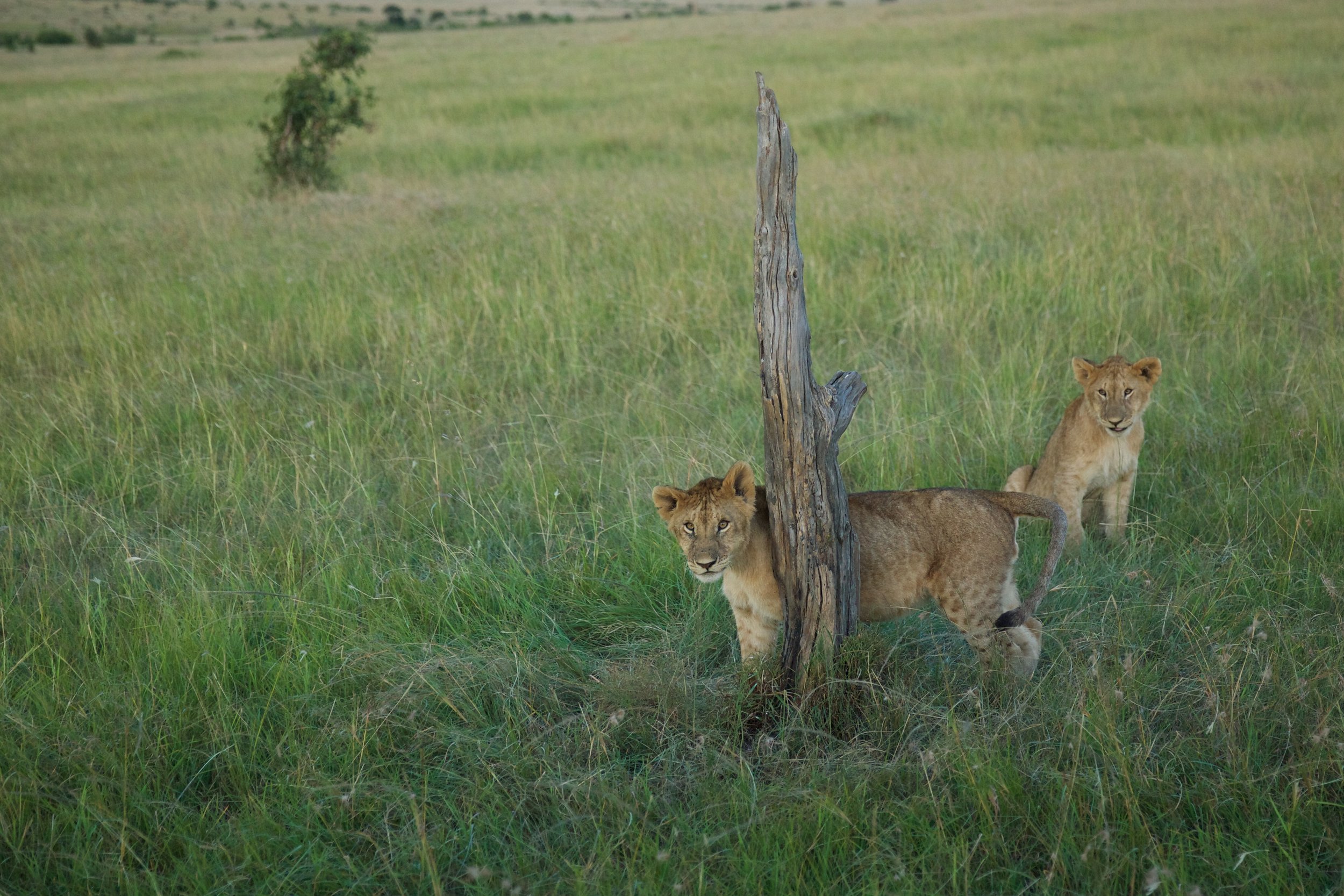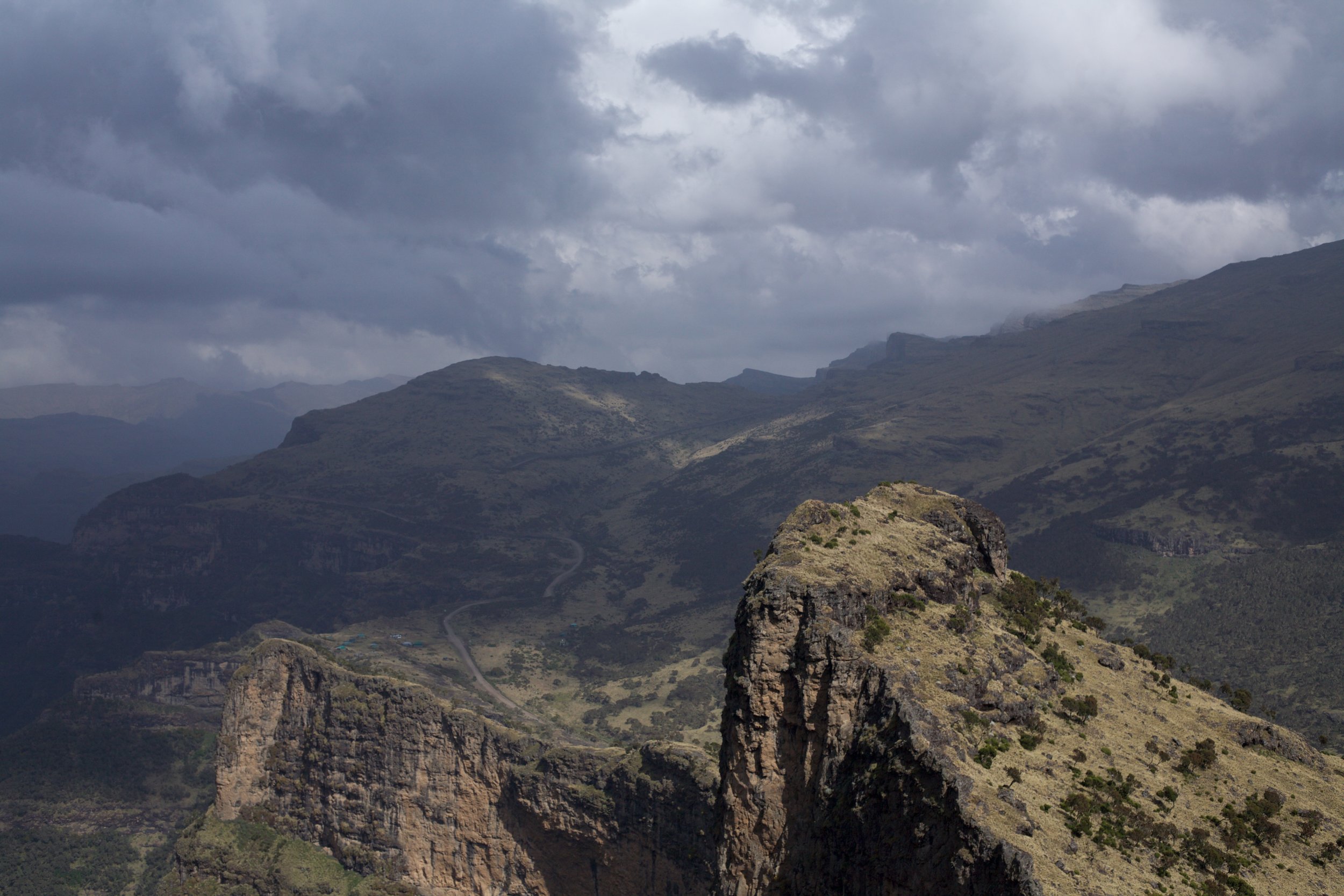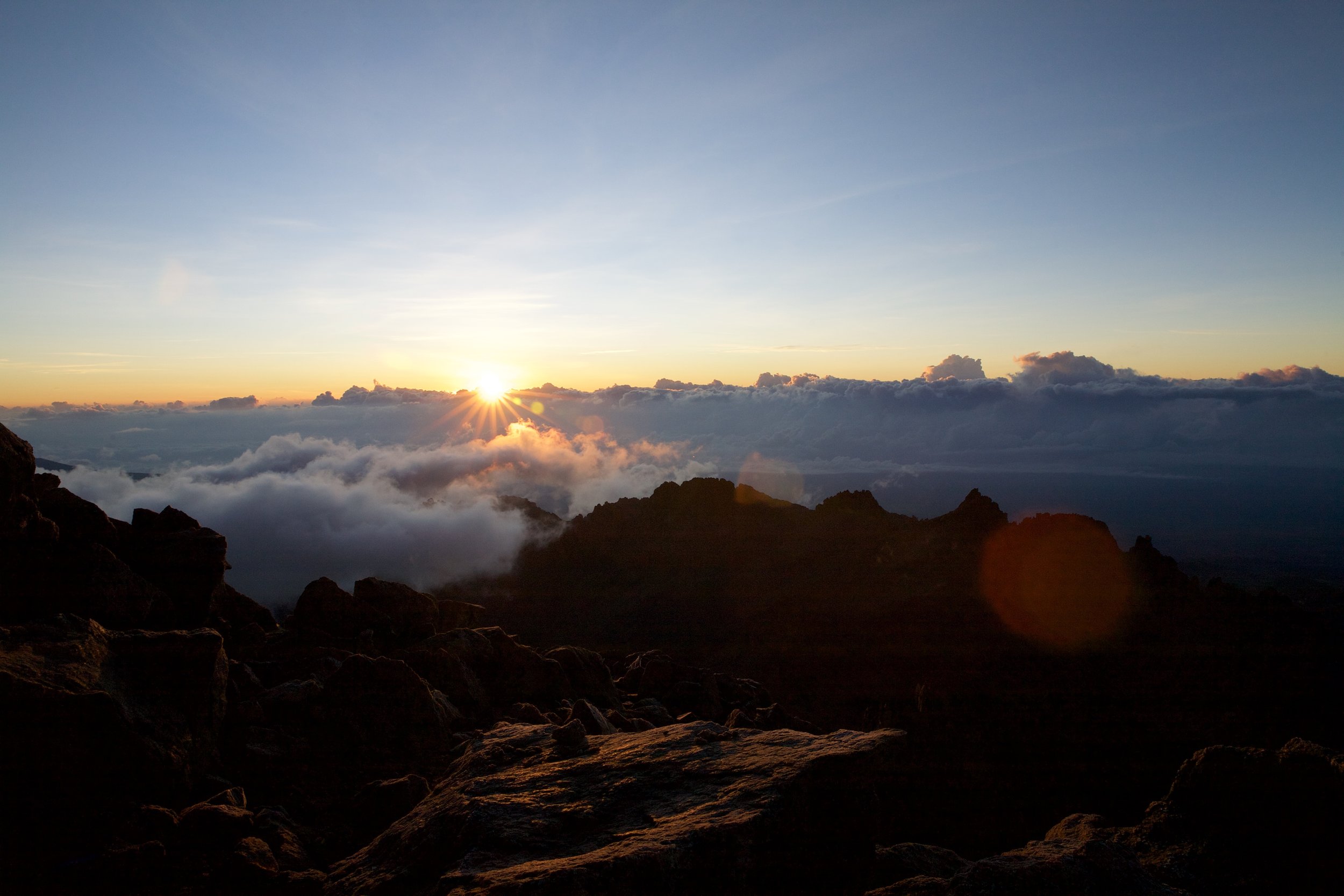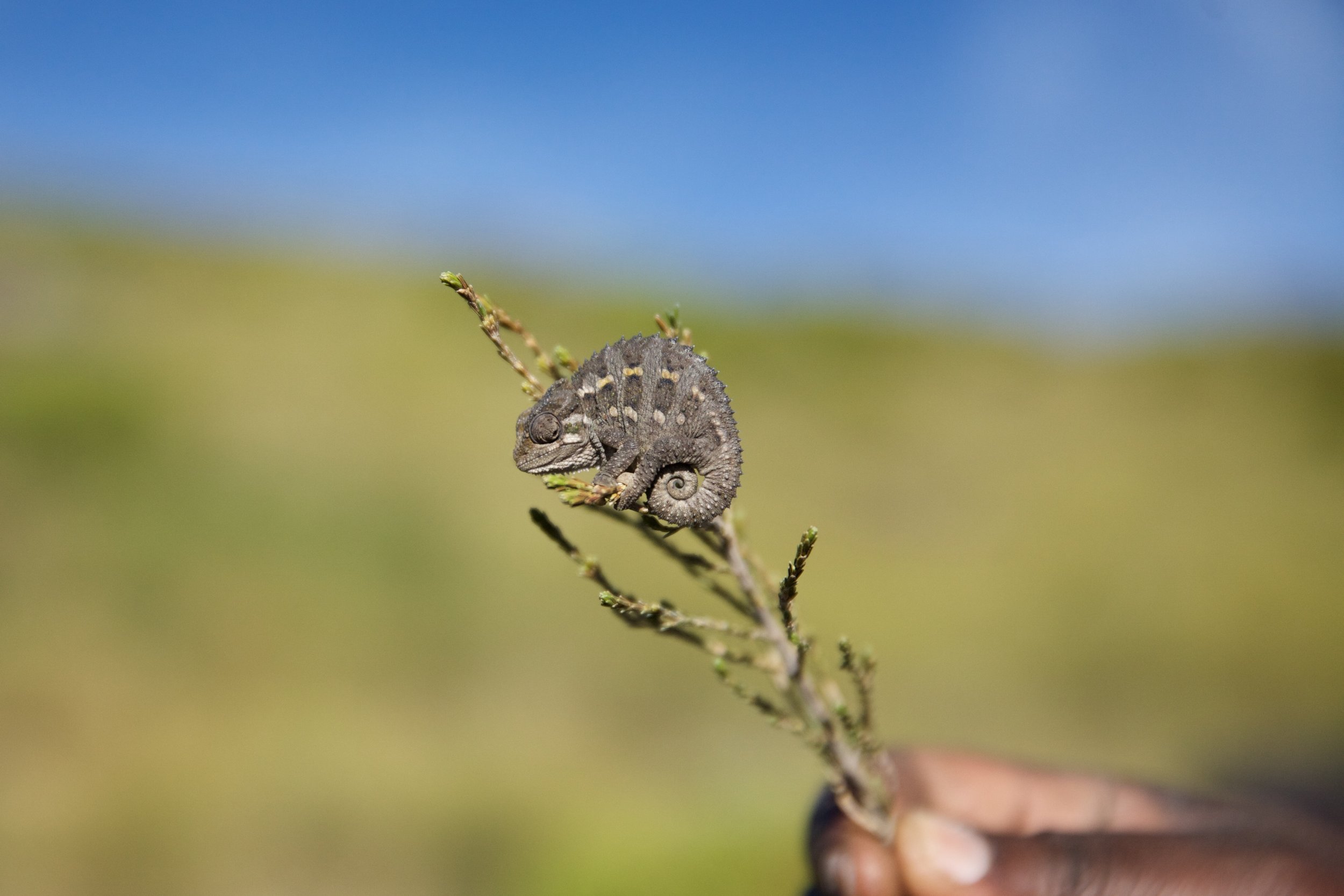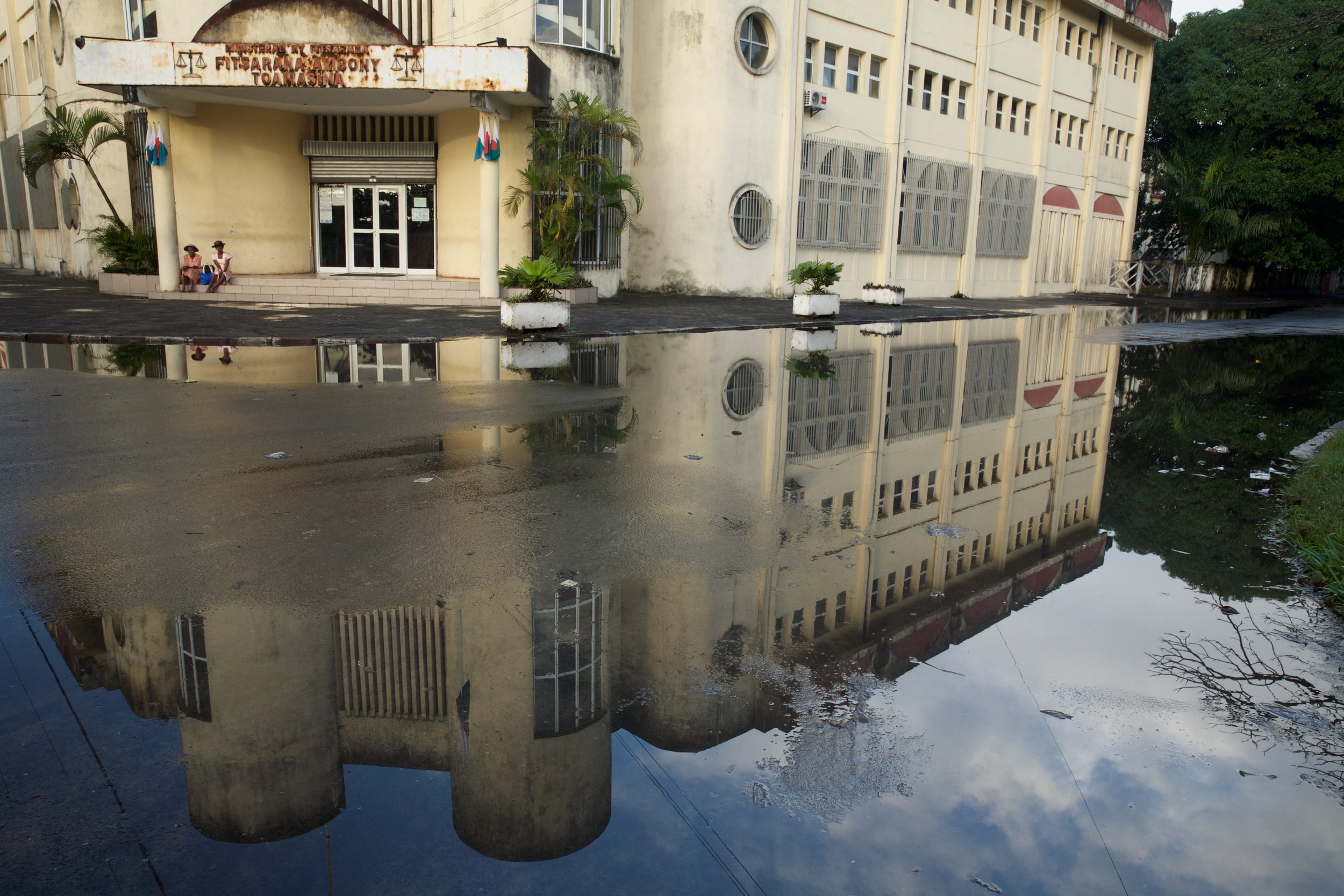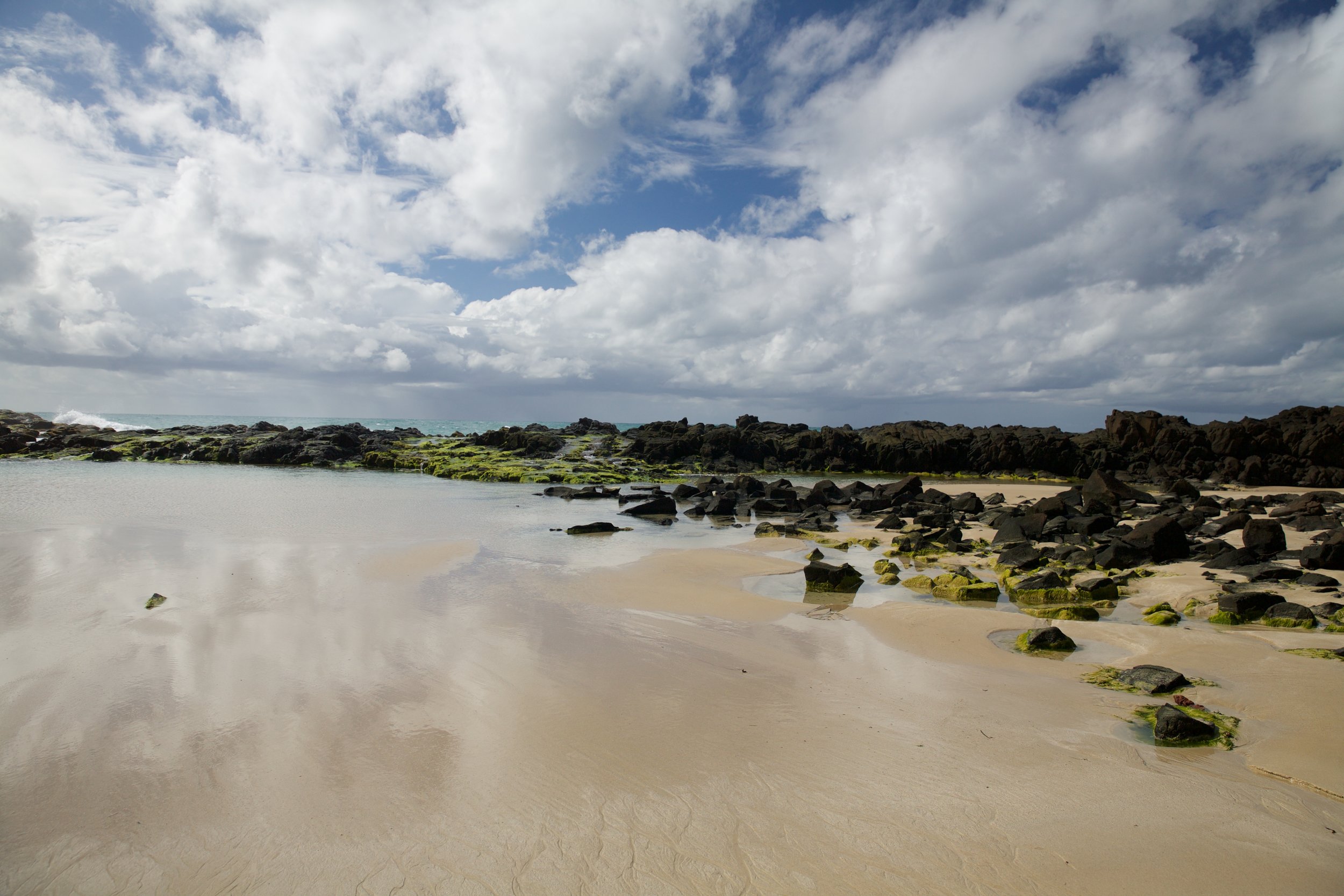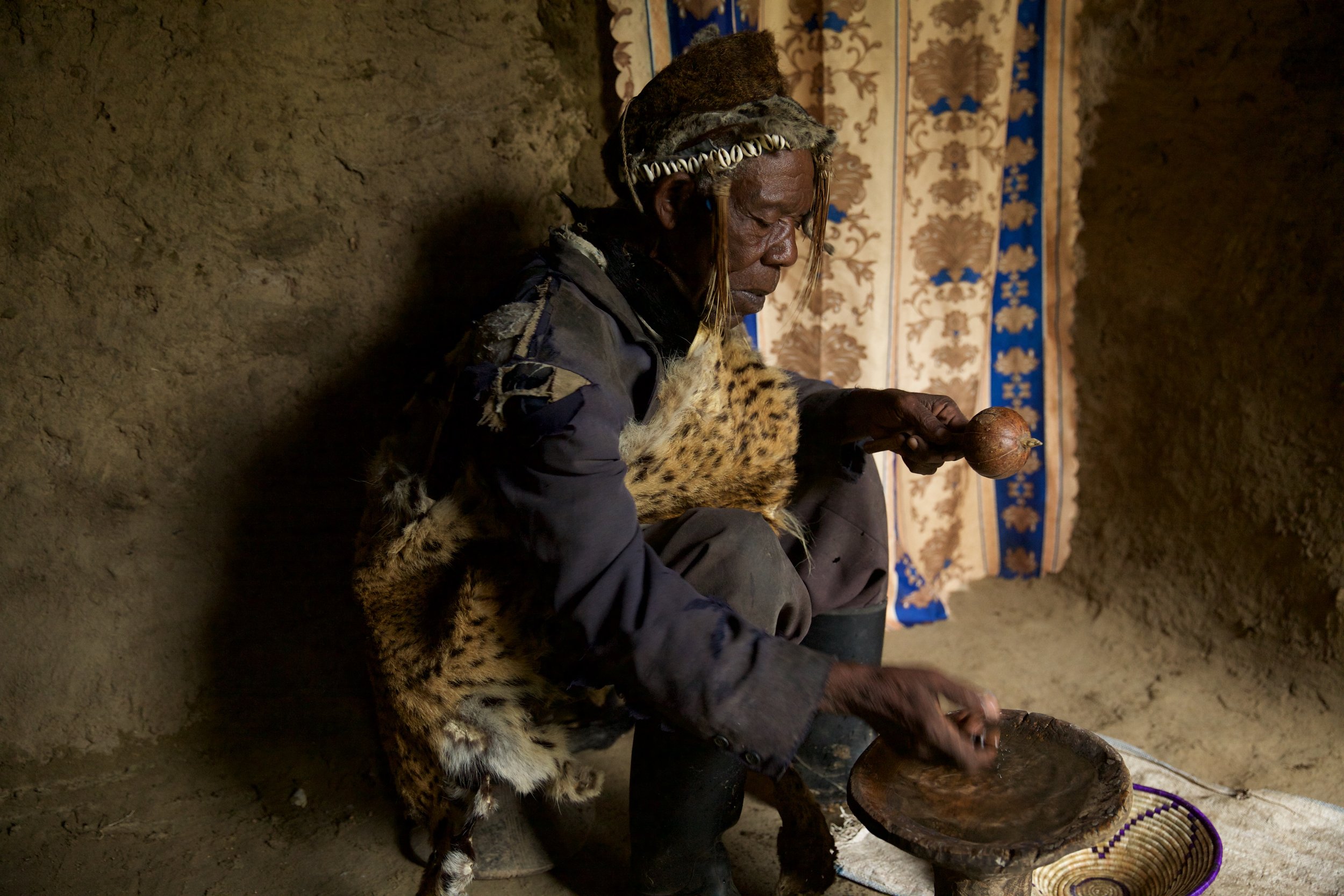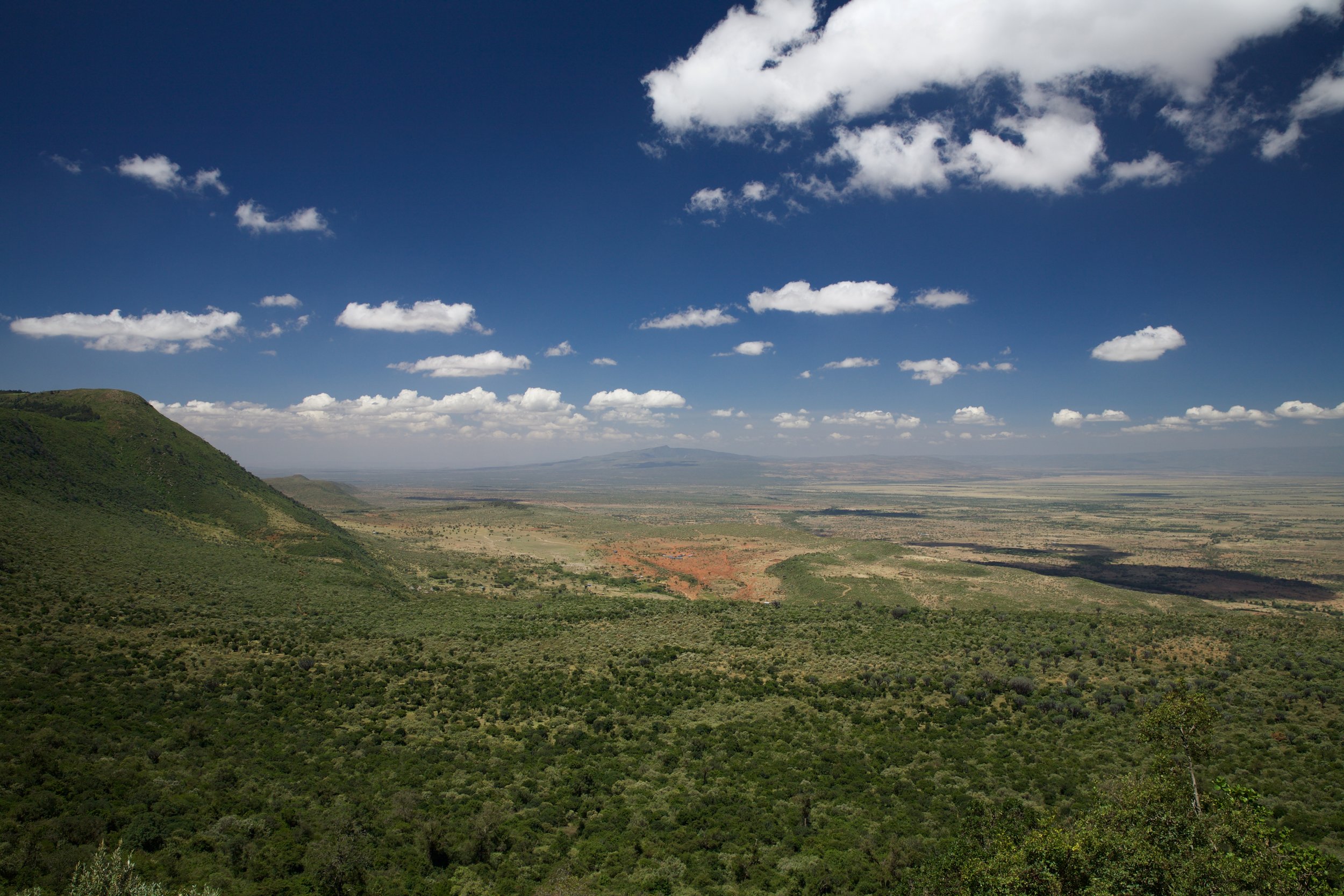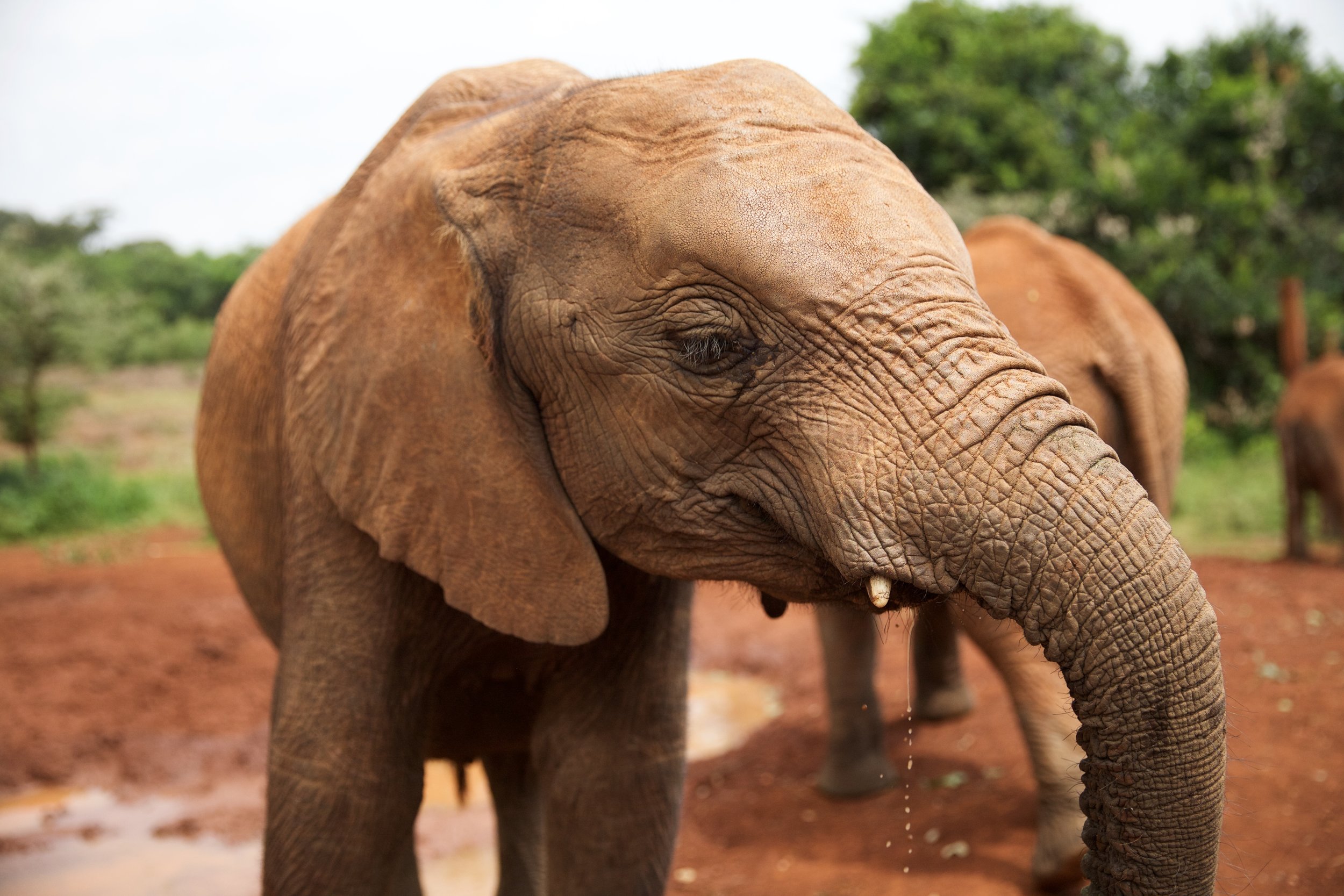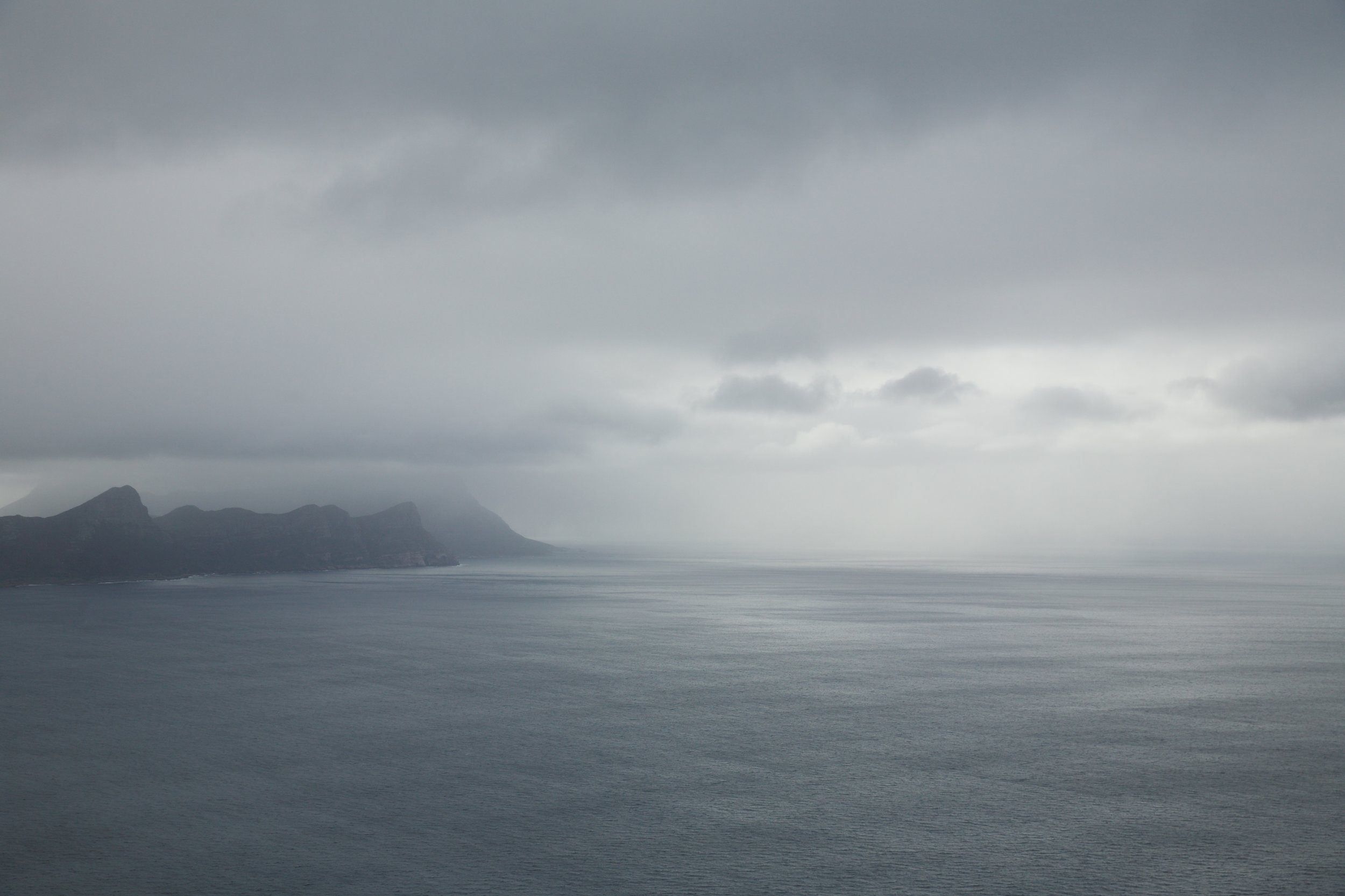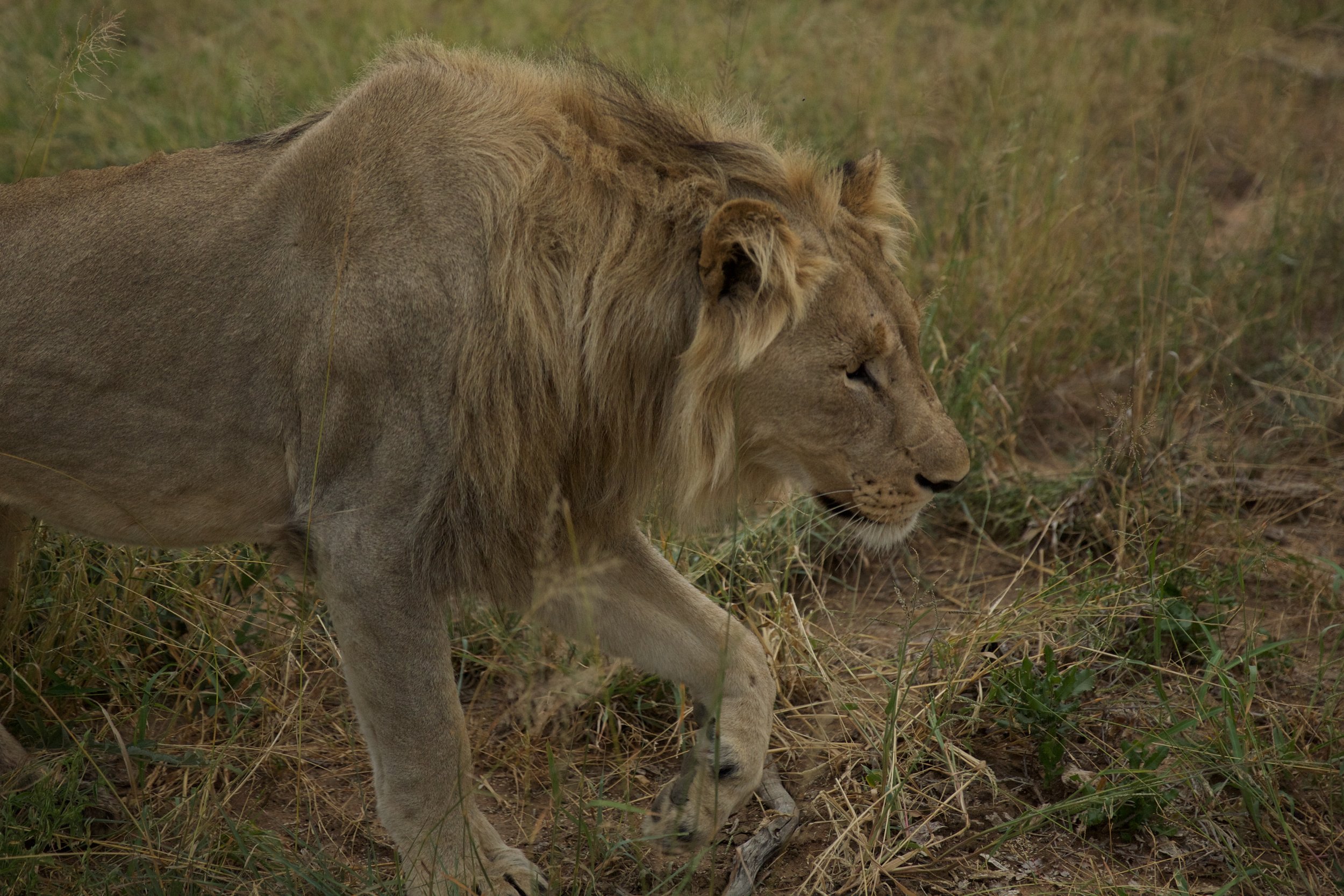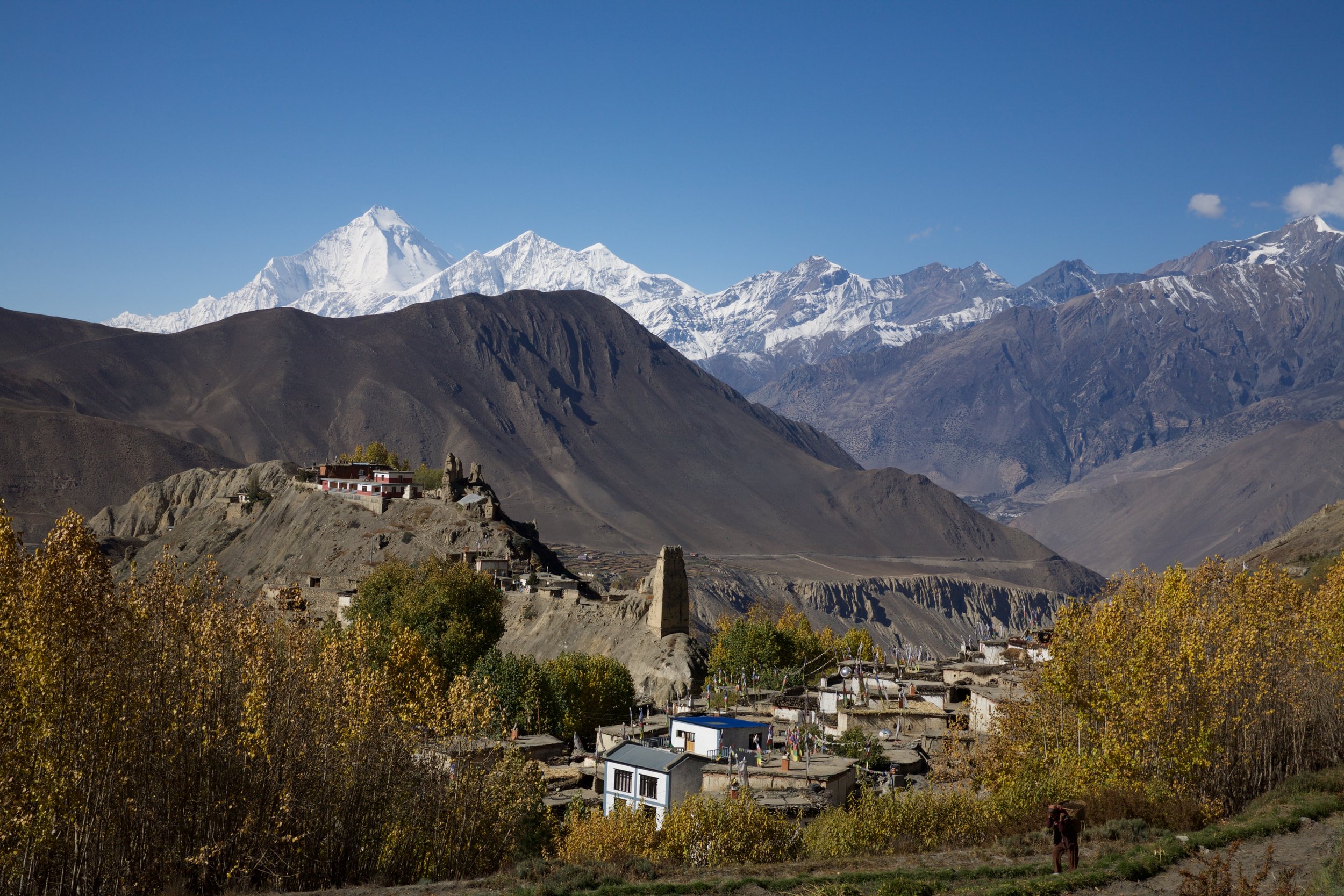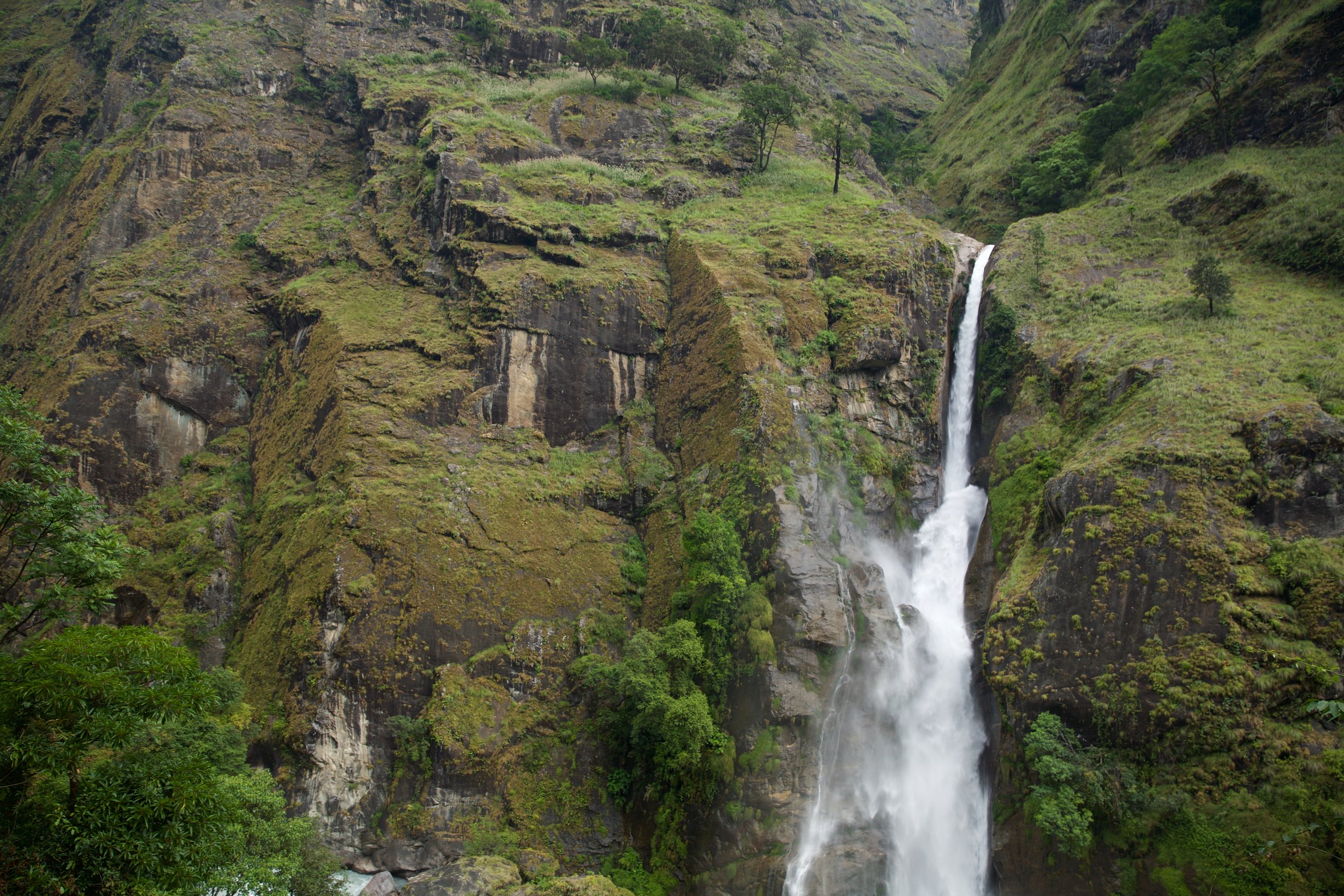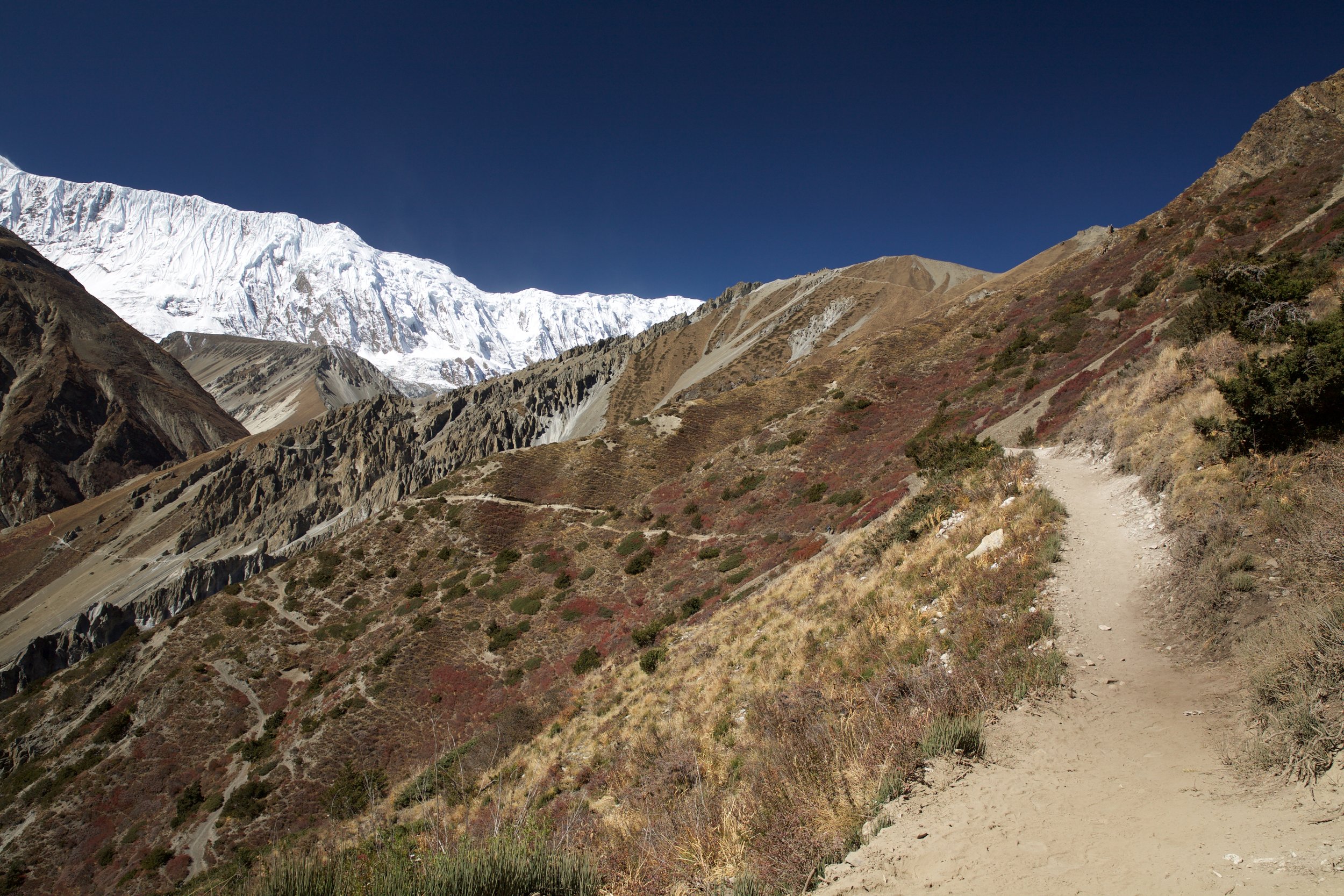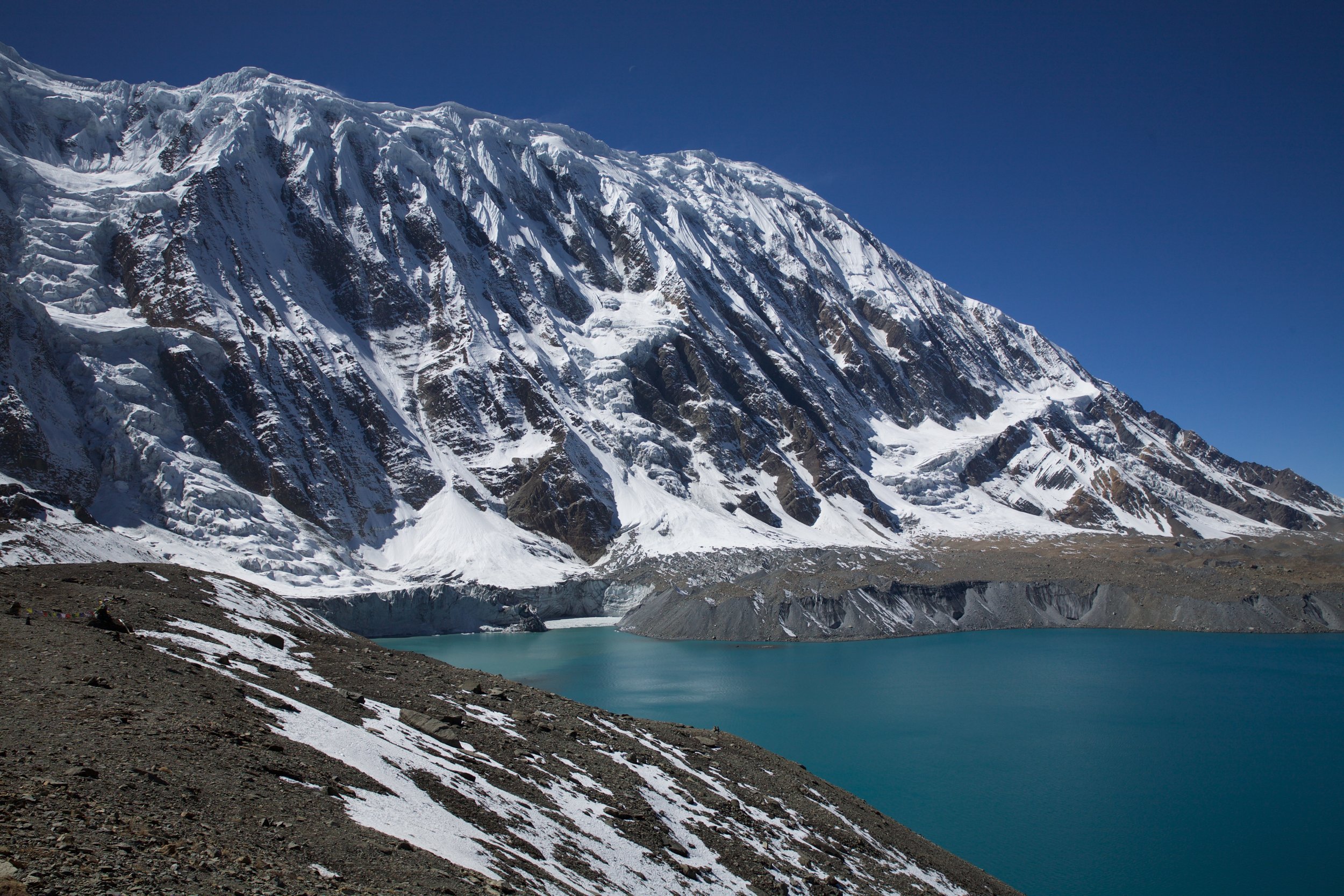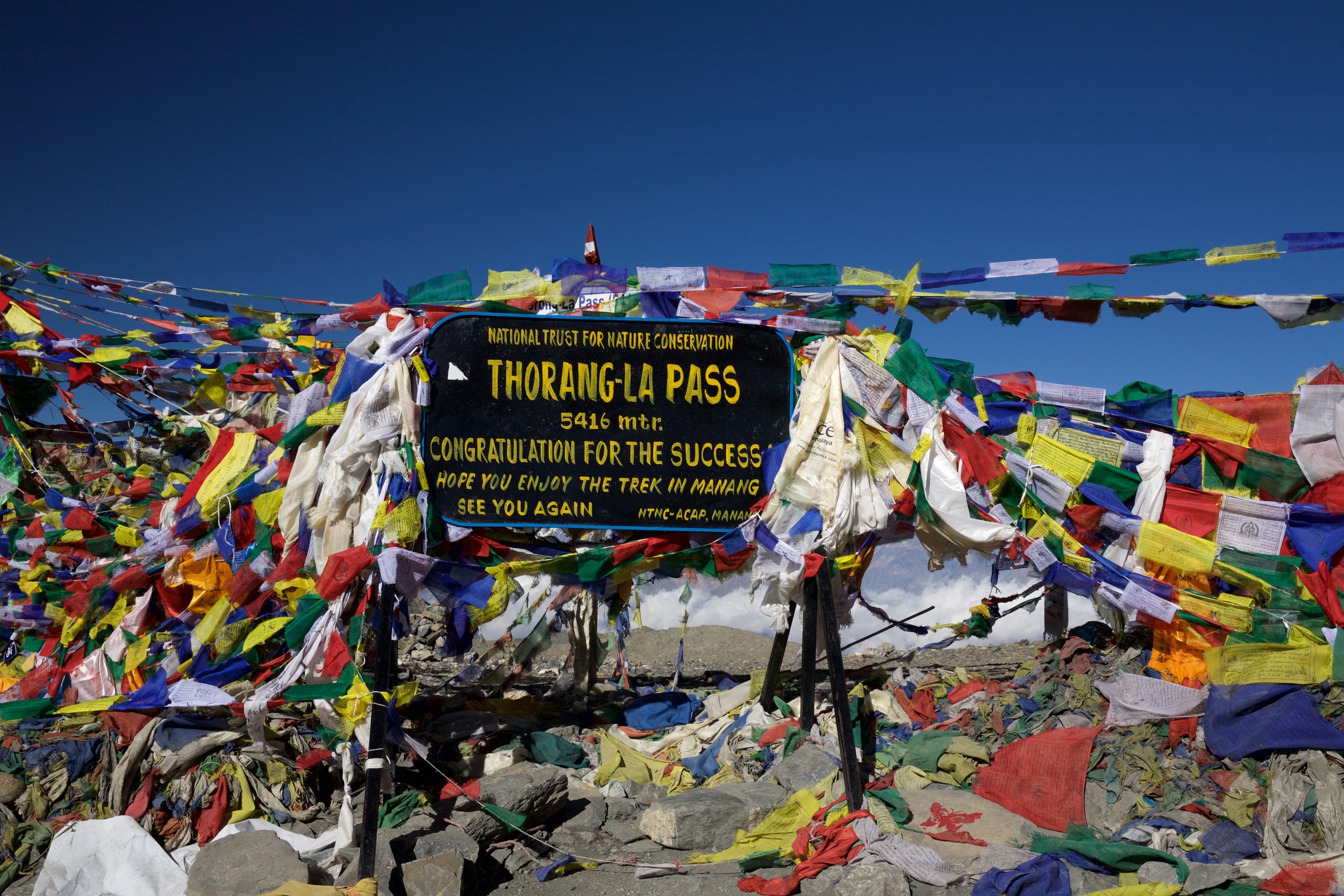The temperature on the bus to Harar hits 38 degrees Celsius seven hours into the ten-hour ride. We have passed through the baking plains near Awash, locked eyes with some errant camels, even seen a few baboons cowering from the sun under spindly acacia trees. Now, with the return of mountains to the horizon, a dark line of cloud is drawing across the sky like a shroud, promising rain if not relief from the heat.
Ethiopians do not, as a general rule, open windows on buses, no matter how high the mercury climbs. They deny the taboo, but after five weeks in the country, I will know that it's common for passengers to vomit, to faint, sweating profusely in the still air. But this bus ride to Harar in the far East is my first, a 500-odd-kilometer sojourn from Addis Ababa marked by butte-like rock formations, dry scrub, and the scurrying of cockroaches along the bus seats. I am nauseated and sweat-soaked but undeniably excited. Africa! Finally, I am here, and once again I play the familiar travel game of "Which is strongest? Need to pee, desire to vomit, or fear for my life?" Welcome back, old friend! It's been too long.
The bus halts abruptly after a mere nine hours and deposits us along a broad avenue in Harar's new city, a sea of nondescript buildings covered in Amharic signs. Ethiopia's main language is written in long lines of wavy symbols; it is one of the most alien scripts I've ever seen.
This new concrete city surrounds the old walled citadel of Harar, a chitinous shell enveloping the warm pumping heart of Muslim Ethiopia. Old Harar is a tangle of brightly painted alleys that open suddenly onto humming market squares crowded with women selling produce under plastic tarps and vendors hawking cups and metal and rough-hewn legs of meat. Like much of the rest of this ancient land, nobody knows exactly when the city was established, but it's been a center of culture, trade, and conflict for many centuries. Acknowledged as the fourth-holiest Muslim city (following Mecca, Medina, and Jerusalem), the oldest of Harar's many mosques (official counts put the number at 83, but Hararis say the city has 99—an important number to Muslims) is said to date back to pre-medieval times. During the 16th century, a spate of fundamentalist imams used Harar as a launching pad for jihadist raids on Ethiopia's Christian kingdom—and built a wall around the old city in the process. Today, however, Christian, Muslim, Rastafari, and more live in a surprising kind of celebratory harmony in Harar, where devotion is shot through with a pronounced vein of decadence. The atmosphere here, quite frankly, says 'party city' as much as 'holy city.' I do not complain.













Harar is a riot of humanity in a way that reminds me of India. We hop over vendors selling spices, sidestep beggars, circumvent donkeys and children and piles of shit. The sights and smells are overwhelming. Putrid odors combine with the tantalizing scent of roasting coffee beans—a stalwart in coffee-obsessed Ethiopia and an appropriate welcome to Harar, which is fabled to be the birthplace of the bean. The heat thrums like a living thing. The flies are incessant. There is no water.






By happy accident, I and the five companions I've met along the way are here during Genna, the Christmas holiday for Orthodox Christians in Ethiopia. Christmas falls on January 7th because of a confounding list of differences in the Ethiopian calendar. It's 2008 by their count, I think, or maybe I'm entirely wrong. In practice, Genna means that the dominant Muslim contingent in Harar takes off from school and work and joins Christians around the country in family feasts and public celebration. For Harar, the festivities take on a more bacchanalian tinge than I suspect most of the country indulges in: Along with mammoth platters of rice and meat and spiced stew, there are many liters of beer and copious amounts of khat, a bitter green leaf chewed for its stimulant properties, ubiquitous in this part of the country. Hararis take deep pride in their shared commitment to honoring and celebrating each other's religious holidays.
I join the family with whom I am staying for an afternoon of their communal Genna celebration, which consists (predictably) of women laboring over pots in the courtyard while the men sift through their enormous bags of green leaf and sip beer and smoke sheesha in a dark side room. Still, despite this inequitable 'division' of labor, I do not hesitate when the men enthusiastically beckon for me to join them in their revelry. The man of the house, a retired military officer who, like so many others, has spent large portions of his service in Eritrea, has a bit of English and makes clear that I am his guest and to be treated with respect, to be given proper space. Ethiopian men, thus far, have been alarmingly aggressive toward me and other female travelers; I am touched by my host's hospitality and, truth be told, eager to participate in this back-room ritual that dominates so much of social life in Harar.
After two hours of gingerly stripping khat leaves from their stems, I am no longer nervous, and I no longer care about the year. I have a pleasant buzz, with minimal teeth grinding, and am laughing along with the rest of the group at my pitiful attempts to speak Amharic. Whenever a new person enters the room, my host introduces me by saying, "This is Cat—my cat!" to laughter that grows more uproarious as the beer bottles and empty khat bags accumulate in the corner. They teach me various words for 'cat,' clapping when I correctly pronounce the Amharic word adurro, and ask me about America. We talk about Sweden, where several of the family members live for most of the year, about Harar, about Eritrea (the military men grow serious on this topic; their expressions darken; they implore me not to go there). A little girl old enough to walk but not talk toddles over to our group and fusses at the leg of a man who must be her father; without looking up from his khat bag, he picks out a few leaves and hands them to her, easy as you please. He smiles at me lazily.
The men empty out of the room as the mosque's call to prayer sounds, and I take the opportunity to slip out the gate and wander around the city in a mellow daze. The constant cries of "You, you, you! Faranji (foreigner)!" bother me less with a belly full of khat and Harari beer. Genna makes a chaotic dusk in Old Harar—the muezzins' amplified cries of "Allahu akbar" from mosques all over the city clash with hours-long chanting from the loudspeakers of the few Christian churches within the Jugol walls, and many more outside. I meander toward a low plain on the edge of town, chased by children who seem to have made a game out of who can tag the foreigner first, or most. The plain is a Muslim cemetery whose graves date back who-knows-how-long. It has the feeling of an old place—the center of something.











My friends and I met a young guide named Solomon our first day in town. He is undoubtedly a hustler, but his English is outstanding and he knows the city well. He is scrawny and darker-skinned than many Ethiopians I've met, with untidy braids sticking out from his head at every angle, Rasta-style. His storytelling is first-rate. He guides us around tight corners and bids us look up every so often at a crescent and star we wouldn't have noticed otherwise. A mosque here, a saint's resting place there, an alley called 'Peacemaker Alley' because it's so small that men who fight cannot meet each other without having to make peace as they pass. We come upon a giant fig tree whose roots drape over the corner of a traditional Harari house and slip under milky cement steps that lead to another alley. Solomon reiterates that Harar has 99 mosques, like Allah has 99 names. "Actually," says Solomon, a sly Solomon smile spreading over his face, "Allah has 100 names, but the last one is unknowable to men. Only the camel knows the 100th name of Allah; this is why camels smile so big." A Solomon classic.










At night in Harar, just outside the old city walls, there is a man who calls wild hyenas. They come trotting out of the bush, with their shifty eyes and sheepish gait, to eat strips of raw meat from sticks he holds out to them. They are skittish; they can't hold still. Only the Hyena Man can coax them from the shadows. Scant bunches of tourists line up to feed the hyenas at his direction, illuminated by the headlights of idling tuk-tuks. I am not making this up. The Hyena Man is the master of an exceptionally strange circus: He commands us to crouch, says "make strong," holds the meat over our heads so the hyenas will lever themselves up on our backs to reach it. They are heavy for their size, all muscle and rough fur. Some people hold the meat sticks in their mouths, let the hyenas come kiss-close to gobble pieces of carcass from the skewers. Afterward, we go for beer.









Our last day in town, I convince my remaining two companions—a Canadian friend I know from Boston and a 19-year-old Aussie I met on the bus—to join me for a trip to a famous camel market in the desert hills an hour east of Harar, toward the border with Somaliland. The city of Harar is a little cultural island in the province of Oromia, but the market is solidly in Somali territory—still Ethiopia legally, but culturally bound to its eastern neighbor and more governed by tribal law than state.
Solomon and a friend pick us up in a striking blue vintage Peugeot. Together, we make our way east, the heat mounting with every kilometer. We pass tall, rail-thin Somali herdsmen leading groups of camels, their long legs wrapped in traditional skirt-like garments. Twice, our driver veers toward the side of the road to give wide berth to blocky, open-backed Isuzu trucks traveling at inhuman speeds. The trucks are loaded top to bottom with khat leaves. Solomon explains that there is a lucrative khat trade between Harar and Somaliland; since freshness means potency, each batch of khat coming from the markets is time stamped, and the faster traders are able to deliver the crop to waiting vendors on the other side of the border, the higher the price they receive for it. "The khat trucks go very fast, don't stop no matter what they hit," Solomon tells us. "We call them Al Qaeda." I look at him uncertainly, waiting to see if this is another off-color Solomon joke, but he does not smile when he answers the unspoken question: "Because they kill a lot of people."
Camels are goofy-looking creatures, and I cannot help but be charmed by their toothy grins, especially now that Solomon has explained the reason for their mirth. The Somali herdsmen are not fans of my oversized, overly obvious camera, so I steer clear of the bigger groups as we wander around the plain crowded with man and beast. We ask how much a camel costs and Solomon tells us they are typically at least 16,000 birr ($700, give or take), but if the boys in our group fancy a camel, they needn't pay a dime. "We trade her to Somali man," Solomon says, pointing at me, "and we get at least two camels!" It's not immediately clear that he's joking.
After we sip sickly sweet camel milk tea in a Somali-style shelter made of acacia branches and leaves, our crew piles into Solomon's Peugeot to drive a bit farther down the eastbound road. We are passing through an area known as "the Valley of Marvels," a deep artery of scrub-covered dirt flanked by thousands of strange rock formations. Termite mounds whiz by on either side of us, mimicking the shapes of cacti and boulders and mountains. We get out of the car and disperse, each of us drifting aimlessly, eyes on the blend of horizon and rock. The sky-blue Peugeot is an aberration in this bizarre panorama.















Just before we pile back in the car to return to Harar, we spot two groups of Somalis half a kilometer away, moving slowly in our direction. There are perhaps six or seven of them in each group, standing opposite each other on the road, gesturing, clearly angry. They have rifles slung over their shoulders. Solomon's friend says something hushed, urgent, and Solomon nods. We do not need telling; we get back in the car. Solomon turns to me and mutters, "You're not American." Somalis, I am told, are not fond of Americans (the early 90s war and its fallout, American support of Kenya's efforts to battle cross-border radicalism, and the negative effects of U.S. imperialism are all reasons offered for this generalization). Instead of driving back the way we've come, we head farther east, not wanting to cross the armed group. We can't do this forever, though, and in a burst of good luck, we don't have to: A red and white Médecins Sans Frontières (Doctors Without Borders) truck comes down the road, heading west, and our driver promptly turns around and follows. Solomon articulates a sentiment I will hear often over the next few months: "MSF is good. Other NGOs are not always good, but MSF does good work." We pass safely. Three days later, the bombing of an MSF clinic in Yemen would dominate global news.
Before I leave Harar, Solomon offers up a story that perfectly exemplifies the undercurrent of convivial profanity that runs through this sacred city. So sayeth Solomon:
In Harar, to say 'Fuck your mother' is not an insult. Friends will say 'Fuck your mother' to each other freely—even in front of their mothers. Other cities in Ethiopia do not understand this. Once, a Harari man studying in Gondar (a northern city) told another man, "Fuck your mother!" The Gondar man was very angry. He took the Harari man to the police, who sent him to judges first in Gondar, then in Addis Ababa, and finally in Dire Dawa, a city only 25 kilometers from Harar. The judge in Dire Dawa heard the case, and he sentenced the Harari man to pay a fine of 100 birr worth of khat to the man from Gondar. When he heard the verdict, the Harari man responded, "Fuck your mother, and here's 200 birr!"
A Solomon classic.
More Ethiopia photos live here.


